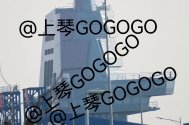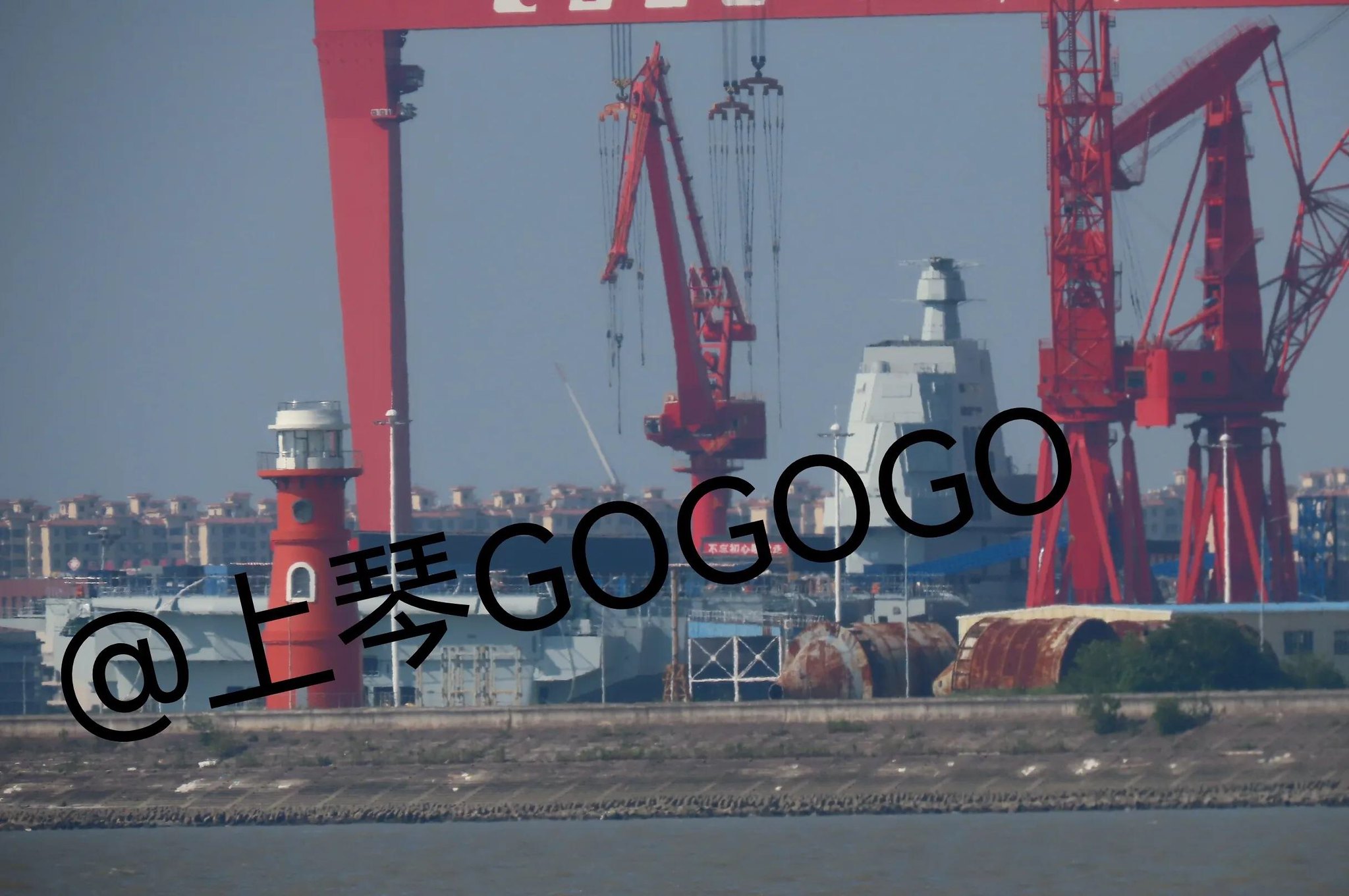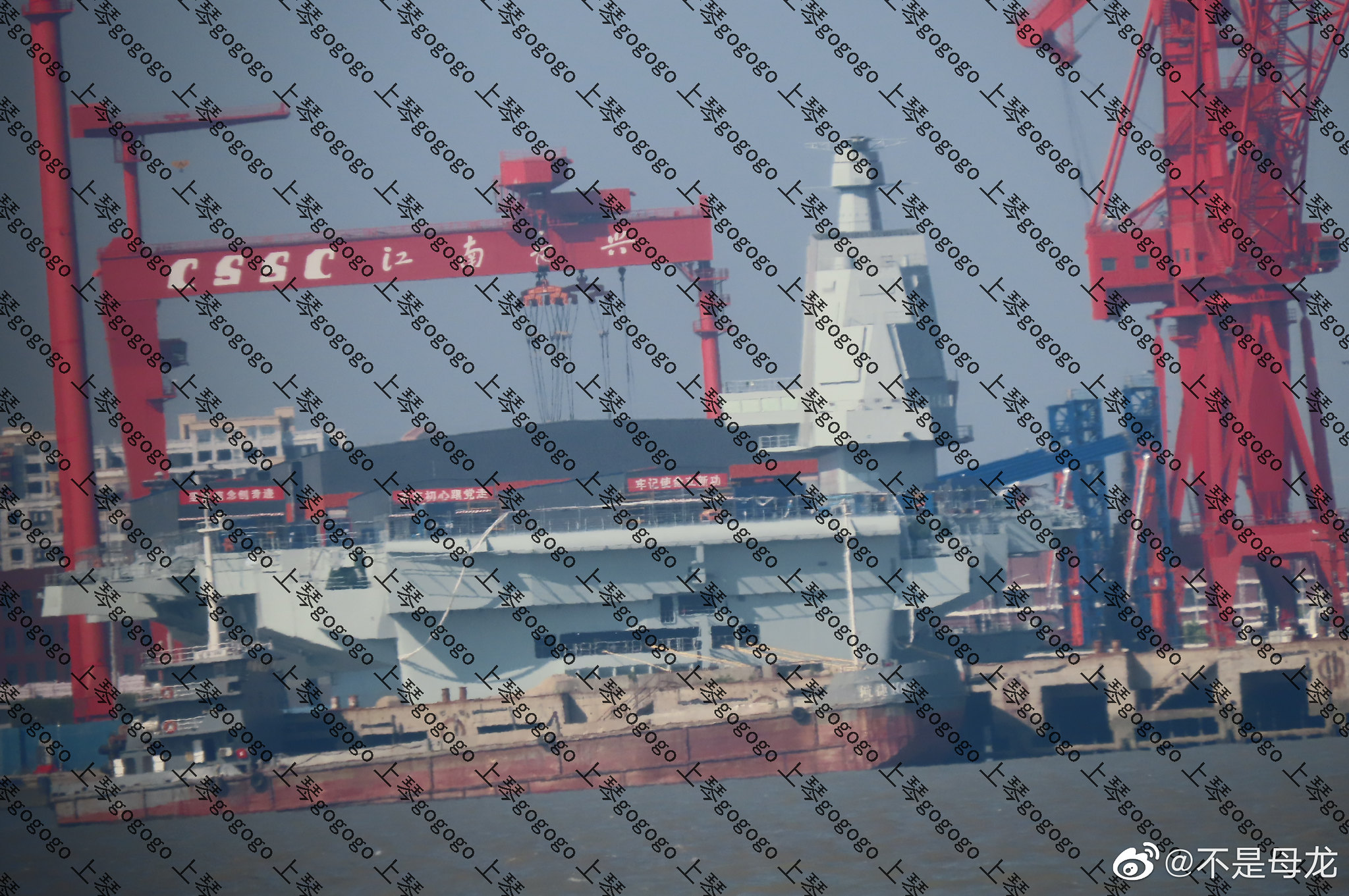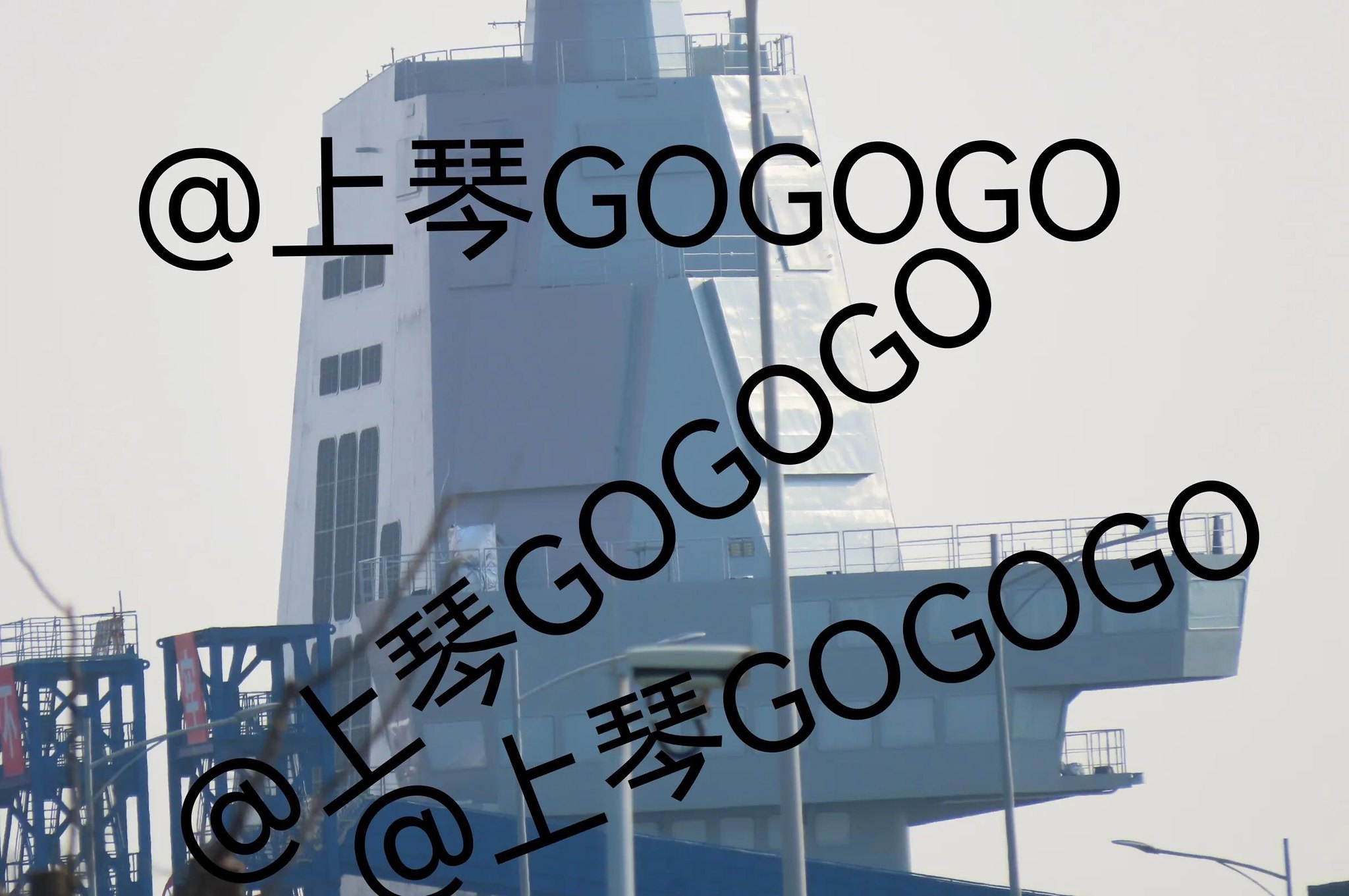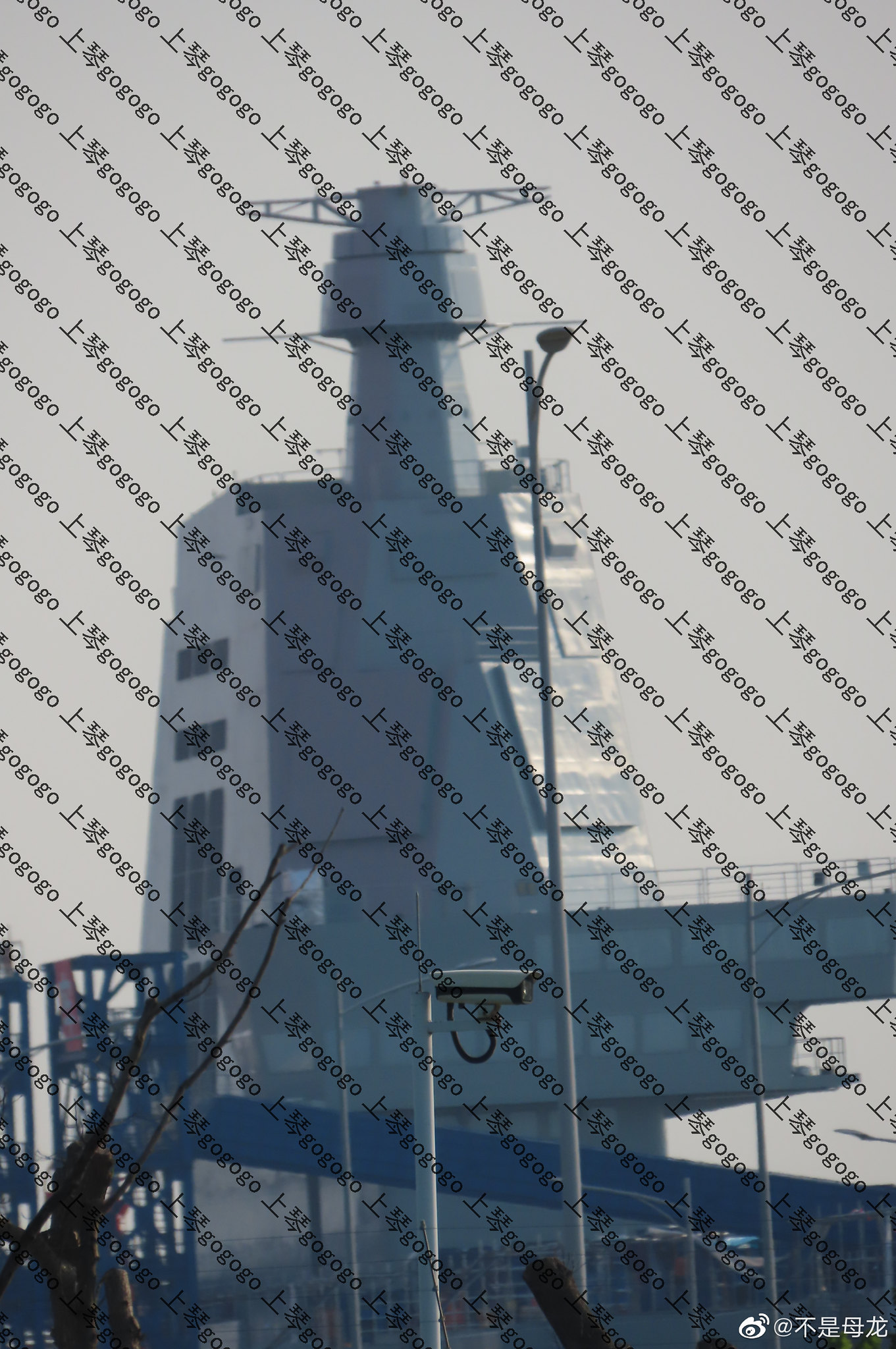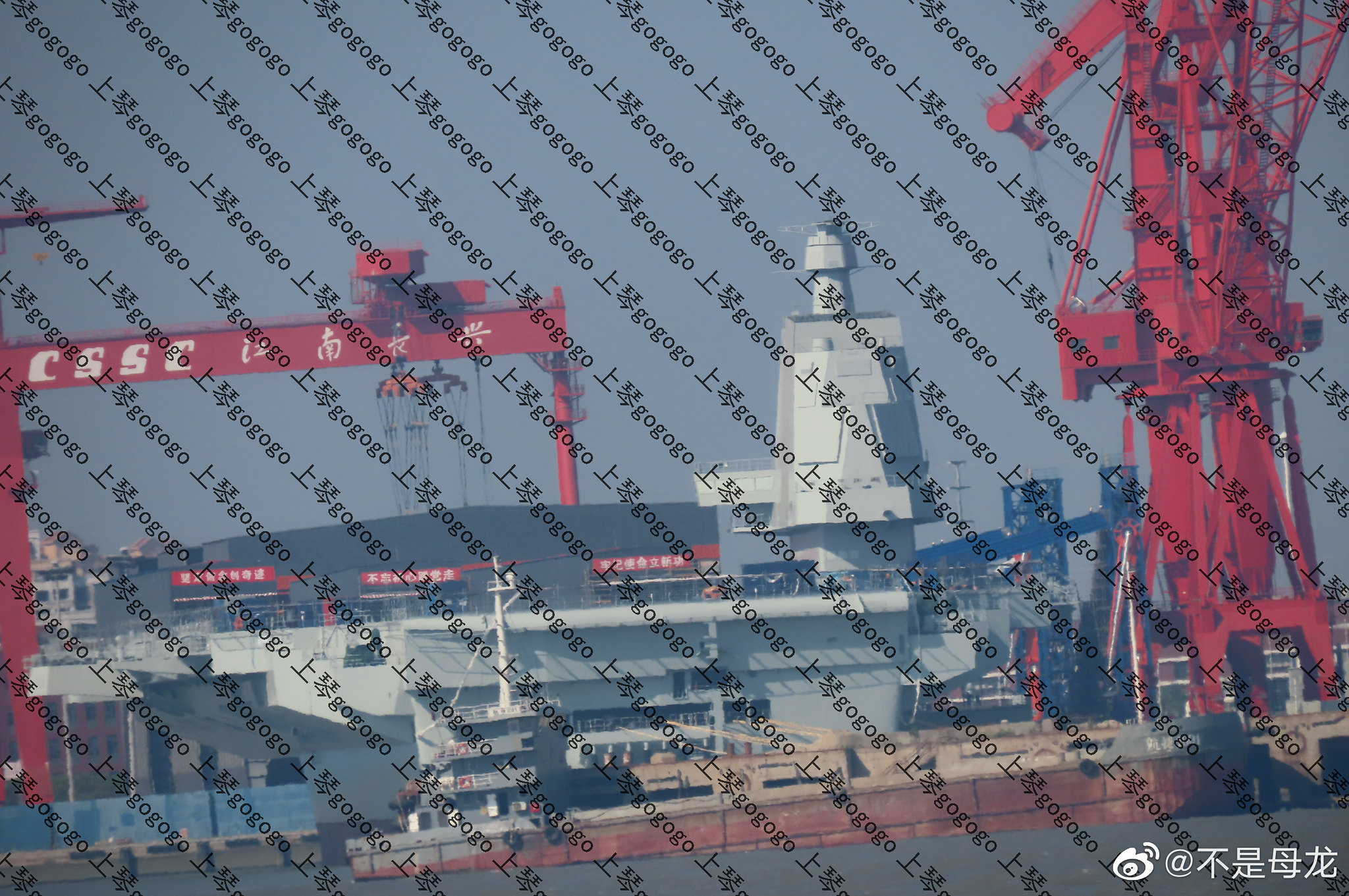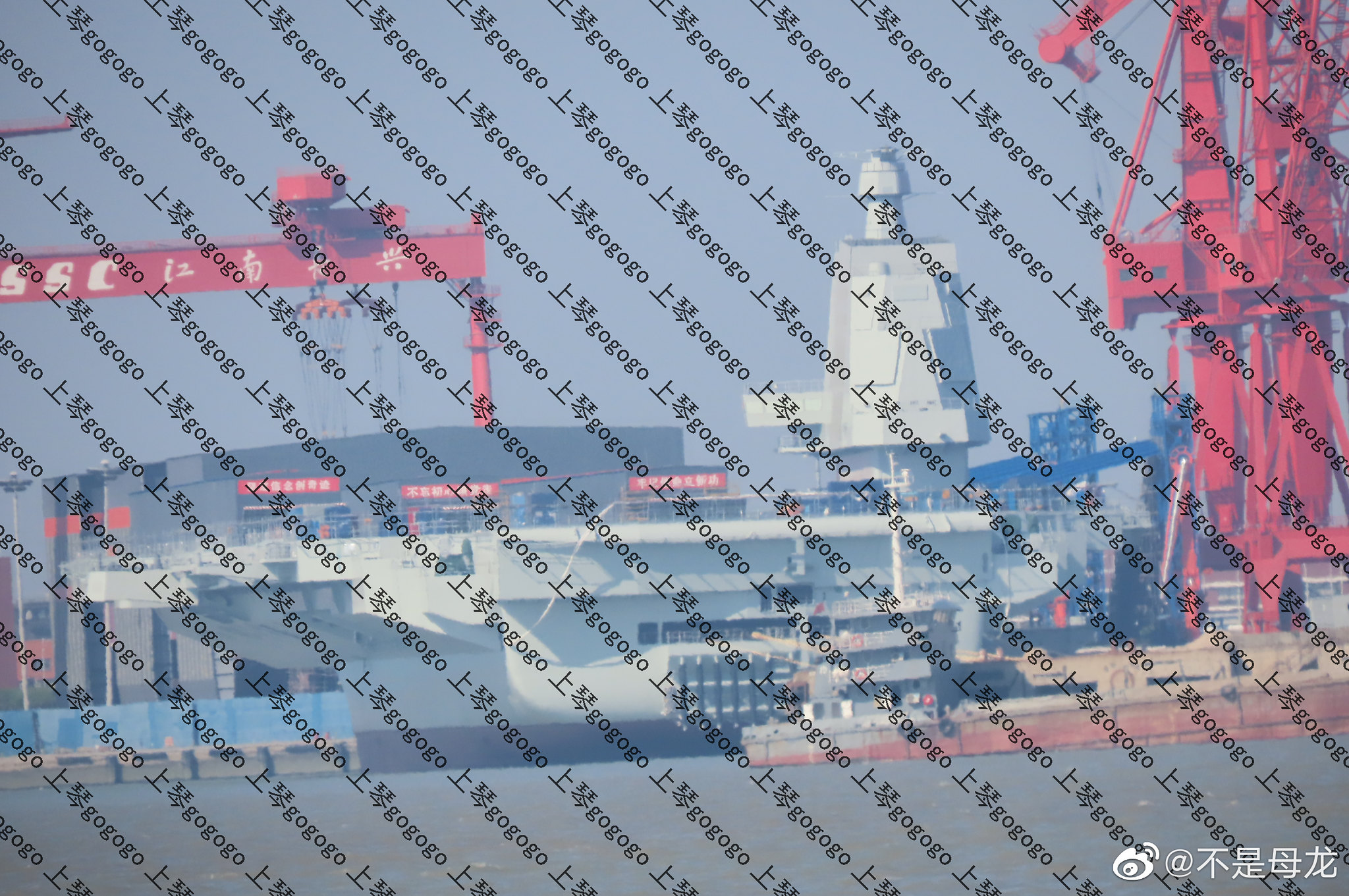Lethe
Captain
Here's the pdf source from US Naval Institute -
To add, the Ford won't reach her required sortie generation rate either, after the Navy promising that she would. Now they're saying the requirement was unrealistic to "historical levels" to begin with. So they'll just take what they can get during IOT&E and leave it at that. They don't even try anymore...?
CVN 78 is unlikely to achieve its SGR [sortie generation rate] requirement. The target threshold is based on unrealistic assumptions including fair weather and unlimited visibility, and that aircraft emergencies, failures OF shipboard equipment, ship maneuvers, and manning shortfalls will not affect flight operations. During the 2013 operational assessment, DOT&E conducted an analysis of past aircraft carrier operations in major conflicts. The analysis concludes that the CVN 78 SGR threshold requirement is well above historical levels.
Nice to see more support for my previous contention that Sortie Generation Rate is overrated as a measure of carrier capability. Or, as I put it more colourfully at the time, that SGR is a bunch of wank.
Ford's SGR requirement was invented to defend the nuclear-powered supercarrier against its post-Gulf War, post-Cold War critics. Instead of beginning with requirements and then working out how best to address them, they started from the desired solution (the nuclear-powered supercarrier) and worked backwards to find what it could do better than alternative platforms such as smaller, more affordable carriers. Thus SGR was elevated to prime importance not because it was actually that important, but because it was a metric by which smaller carriers could not keep up.
So yeah, the collective shrug about Ford's failure to meet its SGR requirement does not surprise me. The metric has served its purpose and can now be de-emphasised if not outright ignored.
Last edited:

